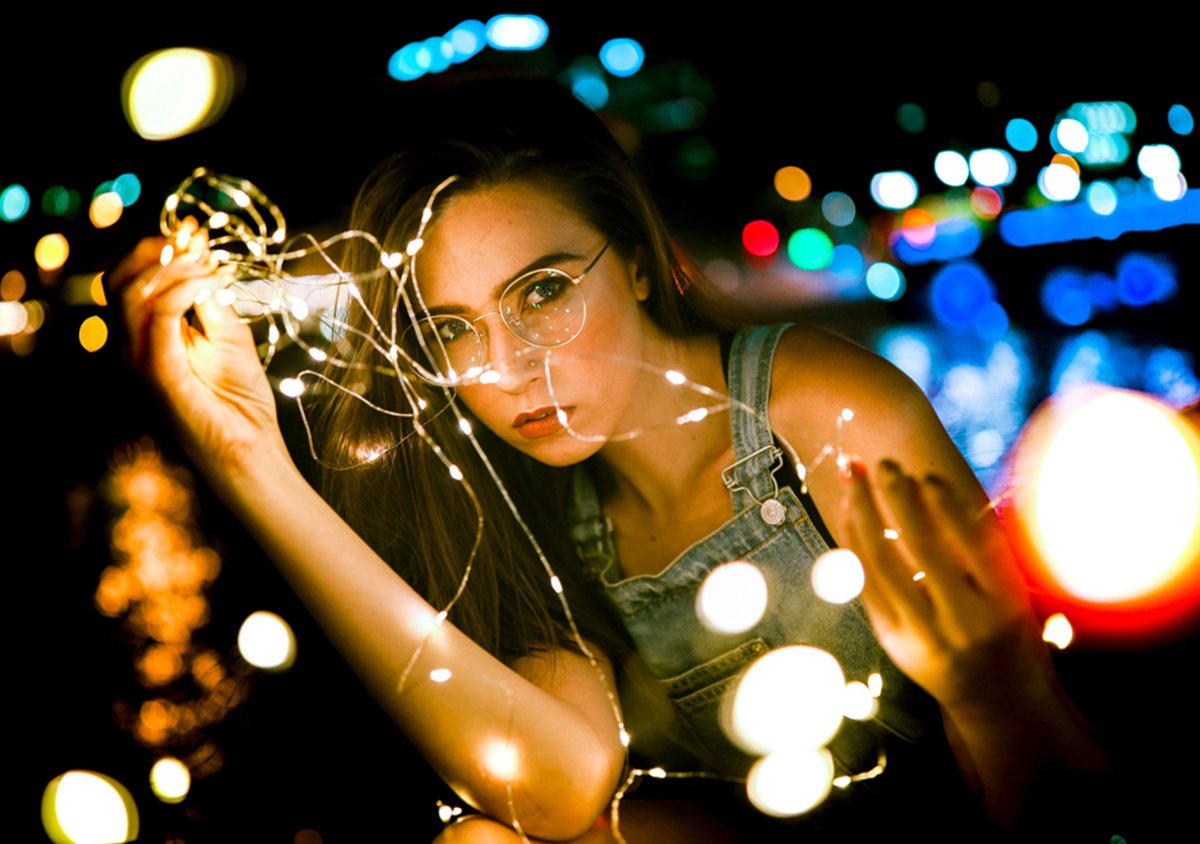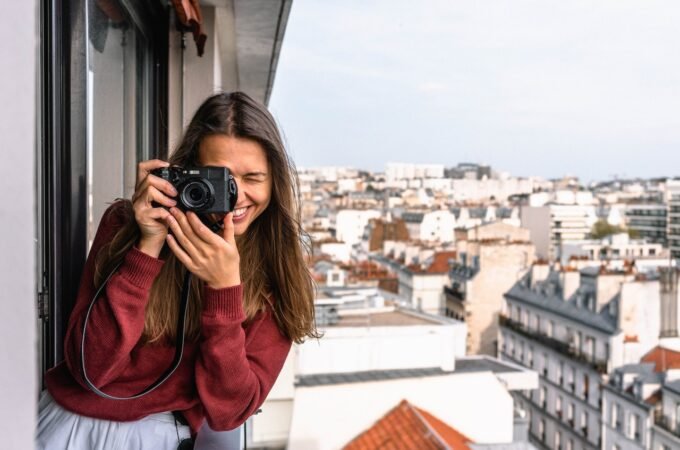
How to Choose Lighting for Portrait Photography
Many people dream of becoming photographers – who wouldn’t want to take photos and get paid for it? It doesn’t mean that their idea of what are the responsibilities of a photographer is even remotely correct. It is not likely, although not impossible, that you’ll get paid for taking photos of beautiful sunsets. More likely, the focus of your job would be different: people. And it’s not as easy or quick as taking a selfie. When it comes to portrait photography, choosing the proper lighting is crucial. In a second, you’ll learn just how to do that. Let’s go!
Another way?

If you lack the proper equipment, or simply don’t want to deal with carefully going through different techniques to find the one that would be the best, you could use lightroom presets for portraits. You would be able to adjust the brightness of the photos after the photo session is done. It would be far less stressful, and you could choose one of many lightroom presets and select the one that would fit the subject the best. Or you can also opt to rent your lighting needs from Lighting Rental NYC if you don’t know how to use lightroom presets.
It’s not math
Many beginners who are just starting their adventure with photography entertain the notion that there is one superior way of doing it correctly; the other techniques falling short. Unfortunately, photography is unlike math or hard science. Sure, some choices might be usually better in certain situations, but the multitude of the factors that you have to take into consideration makes it impossible to rely on rigid rules.
One of the most common mistakes is choosing improper lighting. Let’s take a look at the most popular lighting patterns.
Split lighting
I’m sure that even if your journey with photography has just started, you’ve noticed a lot of photos with people’s faces divided into two parts – one of them being in light, while the other one is in shadow. You shouldn’t use it for standard portraits, as it creates an overly dramatic effect. It is more often applied to men than women, though by no means don’t feel constrained – if you are happy with the result, that’s all that should matter.
Rembrandt lighting
Rembrandt was a Dutch painter who commonly used this technique, which is why it is now named after him. On a number of his paintings, you will find a triangle of light on the cheek. In this type of lighting, the cheek and a nose cast shadows that meet. If you don’t want to make an impression that there is something wrong with the person that you are photographing, make sure that there is some light in the eye on the side of the face without light.
Butterfly lighting

When you use this technique, you’ll notice that there is a shadow in the shape of a butterfly under the nose. The source of lighting should be just right behind the camera. This technique is often used when photographing older subjects, as it doesn’t make wrinkles very noticeable.
Broad lighting
The subject should not be facing the camera directly; instead, the face should be slightly twisted. This way, the side of the face will light up. This method is often used when making all sorts of “official” photos. It makes a face appear wider, which is why you should be careful when choosing this technique.
Short lighting
If you’ve decided that using broad lighting would be a mistake, because it makes the face of the subject look too wide, you could consider using short lighting instead. The side of the face that is more visible is in the shadow, instead of light. It will make the face of the subject slimmer.

Avoid up-lighting
If you want to create a memorable portrait, choose one of the techniques mentioned above. You may want to try another way – namely, up-lighting, but trust me, it’s not a good idea. For the entire history of our species, we were used to the sun being our main source of light.
The outdoor lighting systems became widespread around 150 years ago. It means that our brains detect that there is something wrong with the face of the person if the light is coming from below it. Back when CGI was not as advanced as it is today, this type of lighting was often used in horror movies to make the vile creatures scarier. Which means that if your goal is to make a portrait, you should rather stay away from it.
Don’t rush

If you don’t have much experience with photography, it is likely that you’ll be impatient to get the best photo right from the start. Remember that only with the time you’ll start to recognize which technique would give the best results instinctively. For now, try to experiment as much as you can, and you’ll notice the difference in the quality of the photos.




